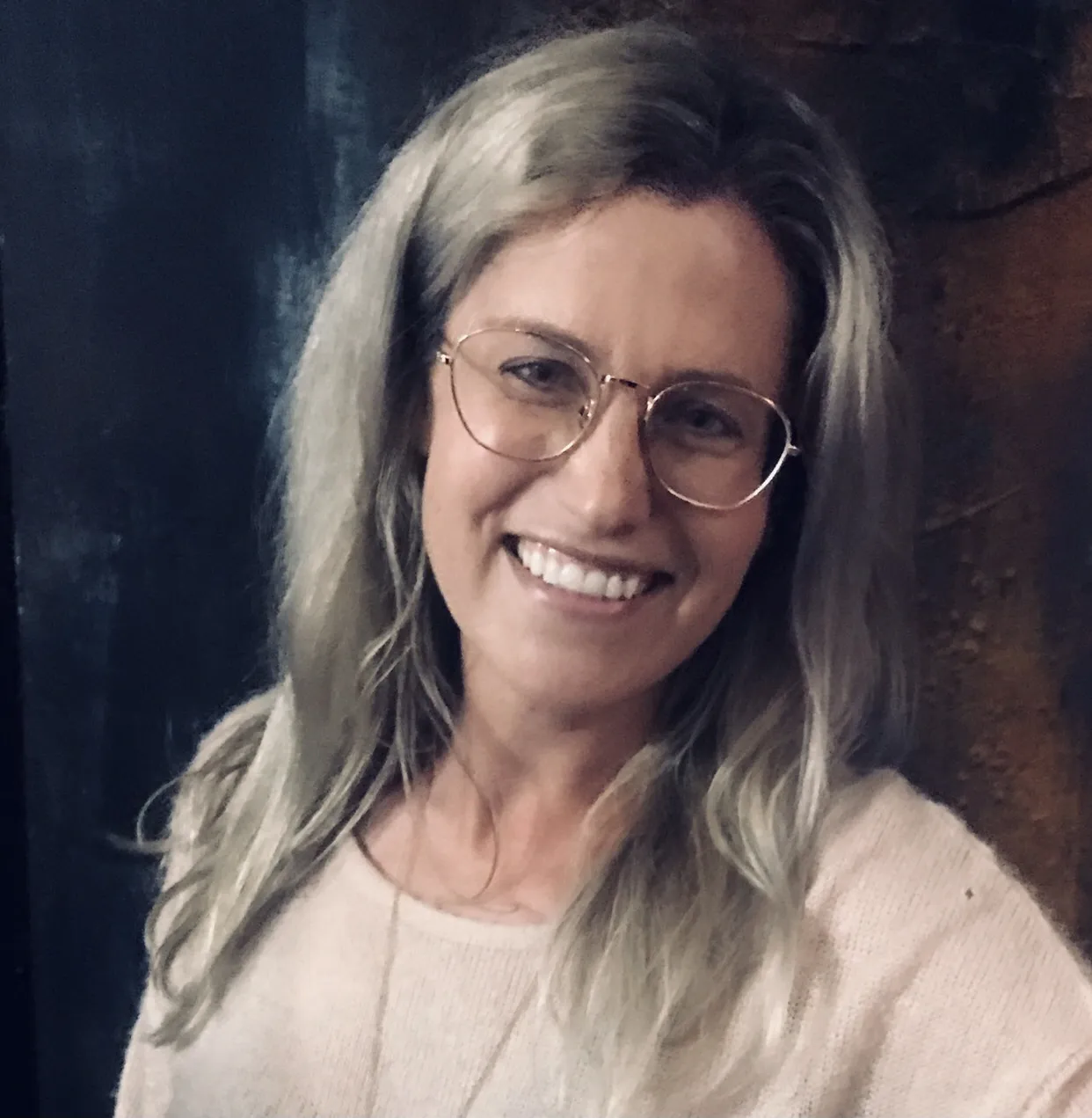
One of the exciting things to me about working in HolacracyOne (the organization behind Holacracy) is that we eat our own dog food, as the idiom goes — we use Holacracy to organize the company. Last year we took a major step forward in this regard — we adopted the Holacracy Constitution in our legal bylaws, and built a novel legal structure for the organization around that foundation. Not only can we say we’re using Holacracy, but now for HolacracyOne that is a legal reality — enforceable in court if need be.
We used a Limited Liability Company (LLC) legal structure to make this happen. In most states in the US, LLC laws allow almost complete freedom in how you craft your legal governance structure — in contrast to older corporation law statutes, which are not so flexible. HolacracyOne’s bylaws document (called an “Operating Agreement” in LLC parlance) specifies that the company’s circle structure and governance meetings shall be the formal seat of power for the organization. And further, that the outputs of those meetings define the accountabilities and authorities everyone holds throughout the company. Thus, the distributed power system of Holacracy is encoded into the organization’s legal DNA — no longer do we need a heroic leader to empower us.
While that in itself is pretty cool, or so I think, it’s really just the beginning — our Operating Agreement goes quite a bit further than that, and uses this foundation to effect some very interesting shifts. Here are a few:
No employees
One major shift is removing any need for having “employees” of the organization from a legal viewpoint, along with much that conventional employer/employee relationships typically entail. Our Holacracy-powered Operating Agreement allows the organization to grow by bringing everyone in as a partner, not an employee — a legally-grounded relationship structure more appropriate for our Holacracy-powered organization.
And I don’t mean this just in principle — I’m not talking about calling employees “partners”, as is popular today. Everyone working in HolacracyOne gets a K-1 tax statement rather than a W-2, just as a partner in a law firm does; they have a legal voice in the governance of the organization through its Holacracy practice; and they legally become members of the partnership and hold a membership interest in a share of the organization’s profits. We use multiple classes of membership interest to grant both fixed and variable compensation, without necessarily giving what’s typically thought of as an “equity stake” (although that’s possible as well). There are other cool aspects of this as well, though I’ll leave those for future writings.
A multi-stakeholder board
Another interesting shift specified in our Operating Agreement is HolacracyOne’s board-level power and control. Rather than a company driven by shareholder representatives alone, our Operating Agreement defines a multi-stakeholder board — investor representation is only part of the equation. Other board seats represent other major stakeholder contexts of the company, and the board members in those seats do not have the typical fiduciary duties to the shareholders (in most states this wouldn’t be possible under Corporation law, but LLC law allows it).
No one “owns” the company — it is legally purpose-driven
Yet even with our multi-stakeholder board, the board members are still not allowed to control the company as if it were property — even collective property. We wouldn’t do that with our children, and HolacracyOne’s Operating Agreement gives our company the same protection. What drives the company instead is its purpose.
The Operating Agreement — along with the Holacracy Constitution — creates a legal framework and a governance process which allows and enforces a purpose-driven organization, free of “ownership”. Investors are possible and embraced, but they do not own and control the company any more than our mortgage company owns and controls us. At the same time, board members can define key constraints to ensure no harm is done in the organization’s broader contexts. This creates a localized regulatory environment, without the baggage of our current big-government system of regulation.
All that said, the reason I’m so excited about this Operating Agreement and what it does is not the grand vision of what might be, though that’s fun to think about too. What excites me is that it’s a real, practical, and grounded way to legally embody the paradigm underneath Holacracy in the formal governance structure of a company. It builds upon current legal constructs to enact something new, to take the principles and practices of Holacracy from all talk to detailed reality, expressed in the formal structure of the company and enforceable if need be with the full weight of what’s come before — the courts of the United States. Perhaps it’s just me, but I think that’s pretty cool.
To learn more about self-management, join a community of pioneers and check out our e-learning suite → Self-Management Accelerator



